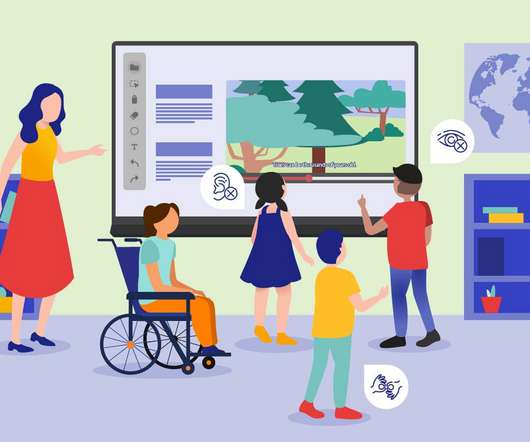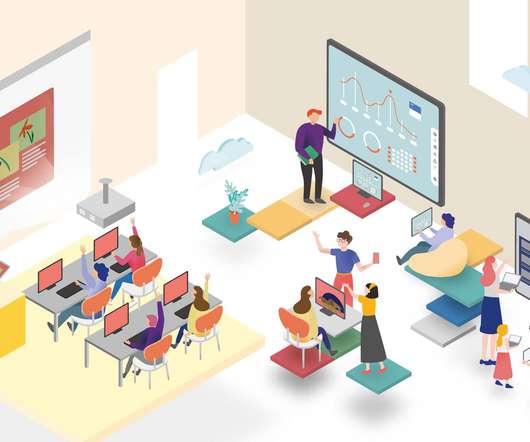What is Digital Accessibility? (And Why It’s Crucial at Schools)
ViewSonic Education
MAY 22, 2022
At a basic level, it refers to the provision of equal access to digital products and services, regardless of whether students have disabilities or other impairments. Digital accessibility is about ensuring that all users can perceive, use, and operate web content, software, mobile apps, and other forms of digital media.















Let's personalize your content